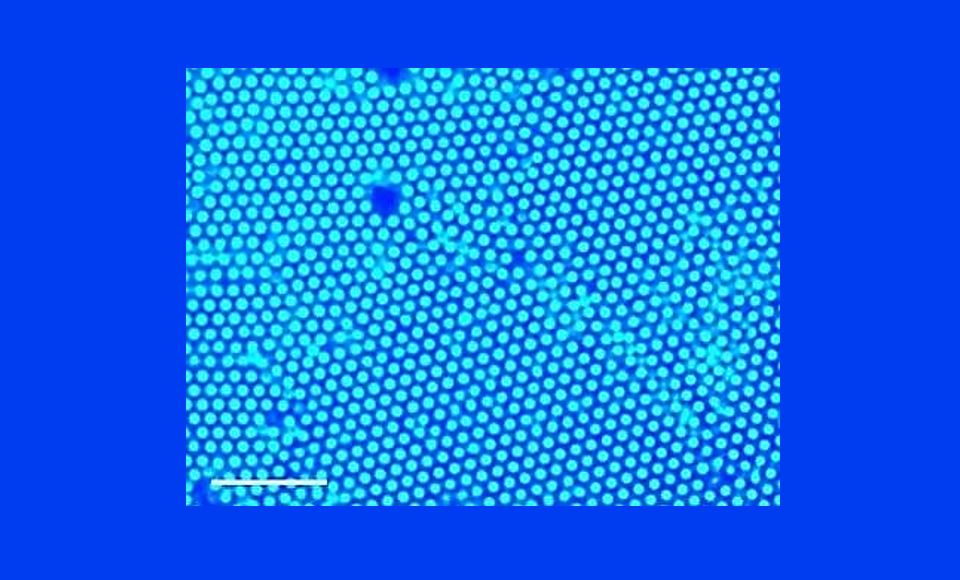
A new, simple, low-cost method for controlling particle motion and assembly within liquids using ultraviolet light could improve drug delivery, chemical sensors, and fluid pumps. The method encourages particles, ranging from plastic microbeads to bacterial spores to pollutants, to assemble and organize in a specific location within a liquid and, if desired, to move to [..]
Read More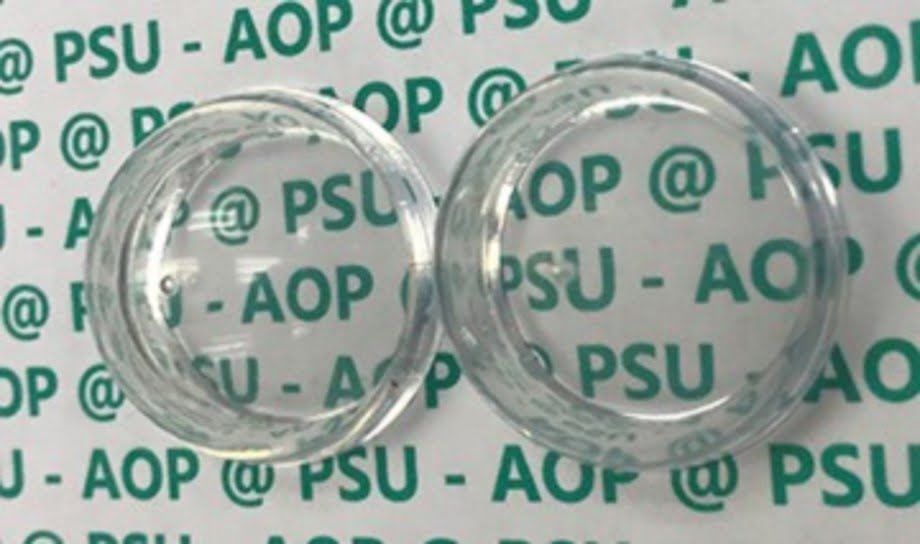
Acrylic and polycarbonate lenses are used in a wide range of optical applications; however, the inorganic antireflection (AR) coatings that improve the performance of glass lenses are difficult to apply to plastic optical surfaces. Researchers created a method for coating these plastic lenses with a fluoropolymer that adheres well and even makes the surfaces appear [..]
Read More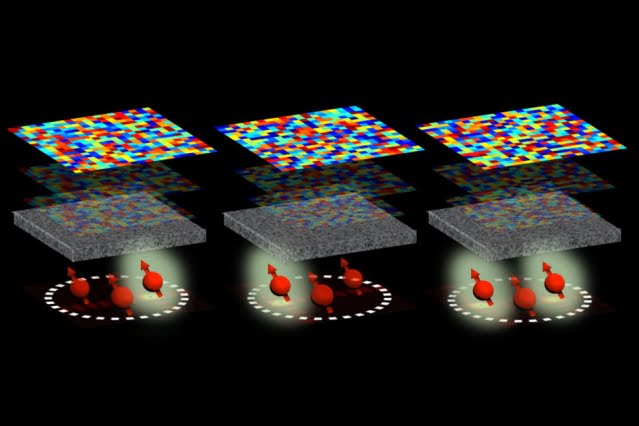
Deep biological tissue imaging has long been problematic. Complex media such as biological tissue scatters the light, bouncing inside until it emerges at various angles. Subsequently, it distorts the focus of optical microscopes, reducing both resolution and imaging depth. Longer wavelength light can help to avoid scattering, but it also reduces imaging resolution. Instead of [..]
Read More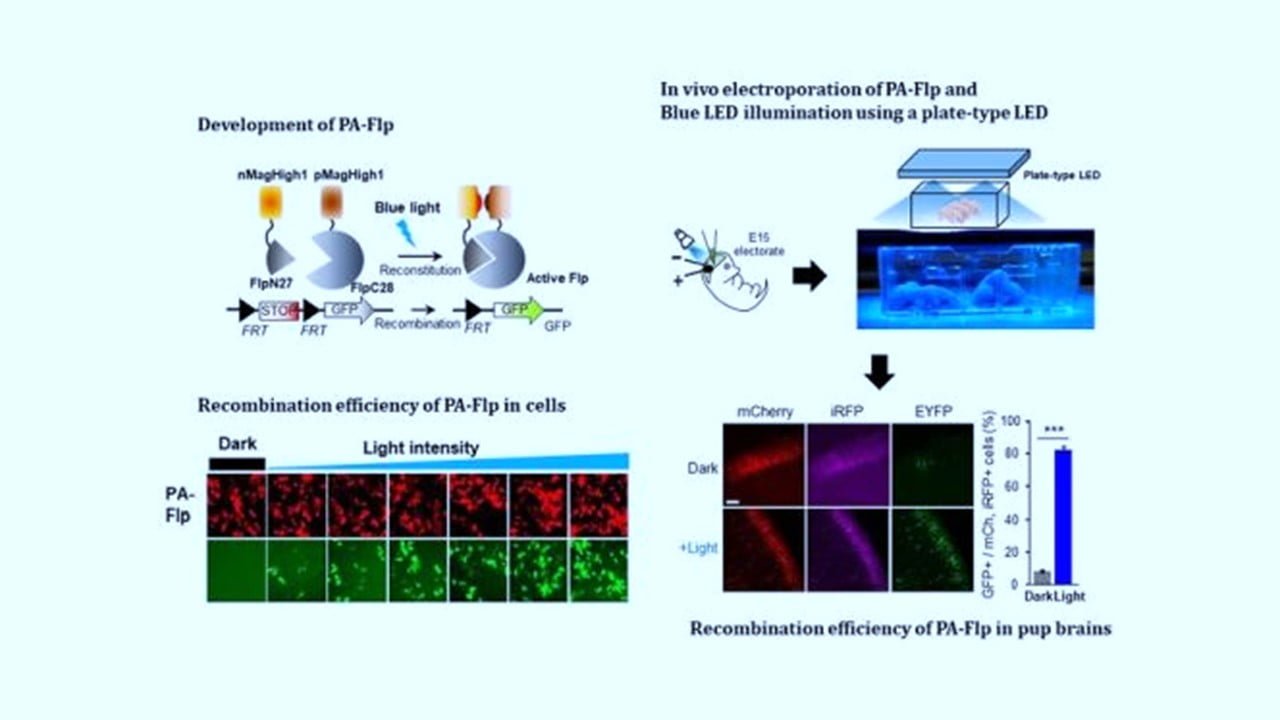
A group of researchers has developed a noninvasive light-sensitive photoactivatable recombinase that enhances in-vivo genetic manipulation. The photoactivatable Flp recombinase’s highly light-sensitive property will be ideal for controlling genetic manipulation in deep mouse brain regions via noninvasive light-emitting diode illumination. This optogenetic module will provide neuroscience researchers with a side-effect-free and expandable genetic manipulation tool. [..]
Read More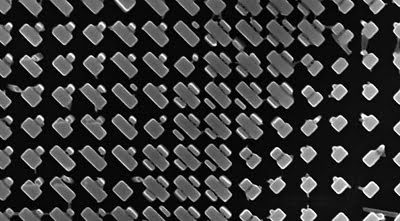
Lenses work with various wavelengths and applications, including phone cameras, microscopes, and sensors. They must, first and foremost, be able to focus light regardless of its polarization. Researchers have long believed symmetric nanostructures, such as circular pillars, are critical components in developing polarization-insensitive photonic devices. Researchers have created polarization-insensitive metalens made of non-symmetric nanofins that [..]
Read More
Using the photoacoustic effect, researchers demonstrated that a laser could transmit an audible message to a person without using any receiver equipment. The ability to send highly targeted audio signals over the air could be helpful to communicate across noisy rooms or to alert people to a potentially dangerous situation, such as an active shooter. [..]
Read More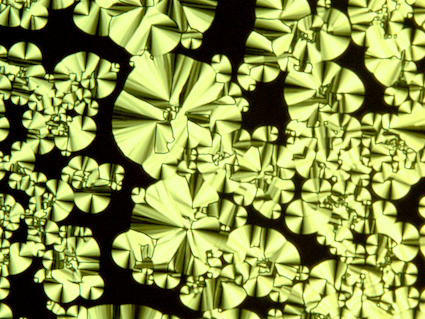
For the first time, researchers used electric fields and ultraviolet light to perform computational logic operations on a liquid-crystal-based chemical device. The device (and methods used) open up new research opportunities, such as low-power, high-performance computer chips. The team created a device that demonstrates computation-related functions. Conventional computers use an electric charge to represent binary [..]
Read More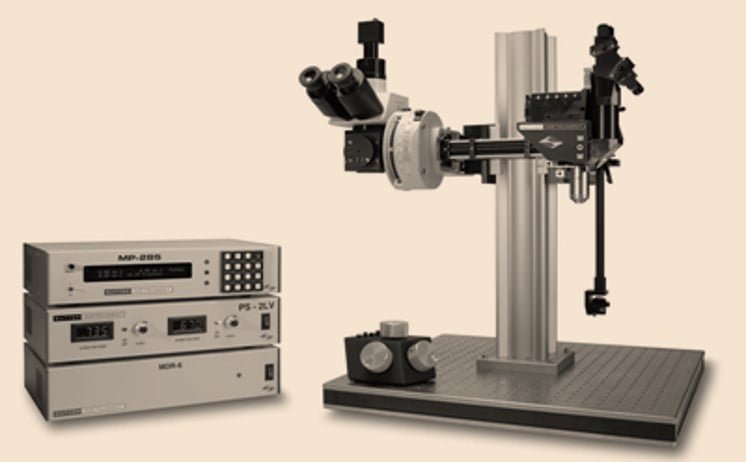
PySight is a new multiphoton microscopy tool developed by researchers for rapid 2D and 3D imaging of the brain and other tissues. The team hopes that the tool will soon help scientists gain a better understanding of brain dynamics, assisting in the discovery of groundbreaking treatments for various health problems such as stroke, epilepsy, and [..]
Read More
For the first time, researchers demonstrated that nerves engineered to express proteins activated by light could generate limb movements that can be adjusted in real-time using cues generated by the limb’s motion. The optogenetic technique produces smoother and less tiring movement than similar electrical systems that stimulate nerves in spinal cord injury patients and others. [..]
Read More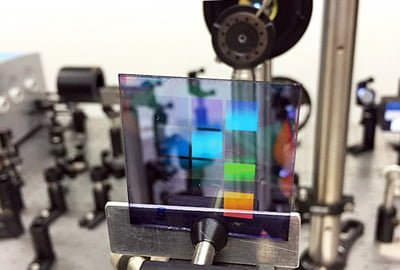
Researchers created a new low-energy nanoscale laser, known as nanolasers, that can transmit in all directions. Introducing irregularities into the lasing materials – a structure that laser makers usually work hard to avoid – is the key to this omnidirectional light emission. The team anticipates “a wide range of potential applications.” The researchers looked into [..]
Read More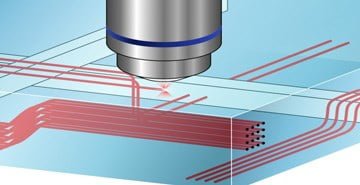
Scientists have demonstrated a new method for fabricating compact, low-loss optical waveguides in a polydimethylsiloxane (PDMS) slab. A femtosecond writing laser initiates two-photon absorption in light-reactive monomers embedded in PDMS. Without potentially toxic photoinitiator compounds, two-photon absorption generates enough energy in the monomer molecules to initiate a chain polymerization reaction. The resulting polymerized waveguides have [..]
Read More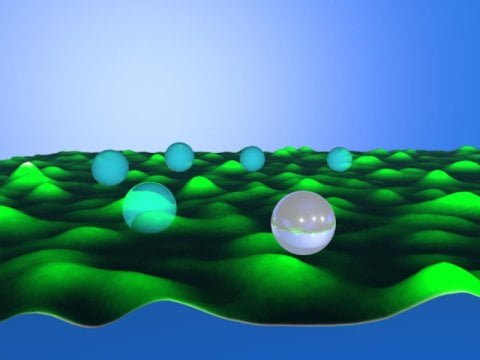
A group of scientists has greatly devised a method to simplify and improve optical tweezer use. In the late 1980s, the optical tweezer discovery was made. They are light beam fingers that can grasp particles, atoms, molecules, and even bacteria and other living cells. The method uses an optical laser that can hold onto a [..]
Read More